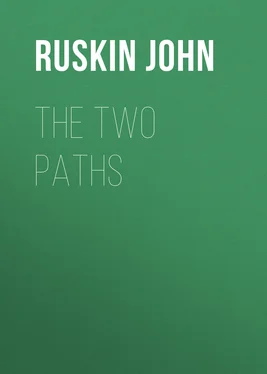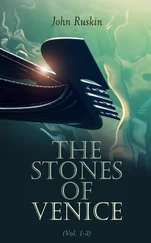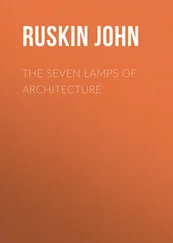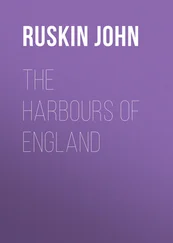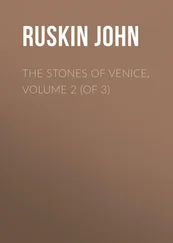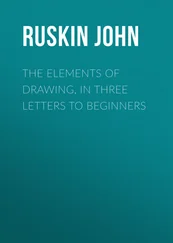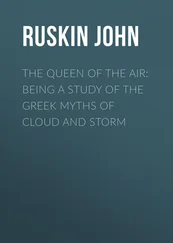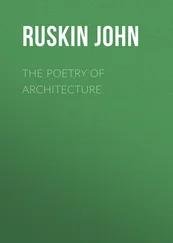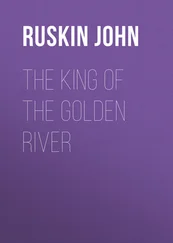John Ruskin - The Two Paths
Здесь есть возможность читать онлайн «John Ruskin - The Two Paths» — ознакомительный отрывок электронной книги совершенно бесплатно, а после прочтения отрывка купить полную версию. В некоторых случаях можно слушать аудио, скачать через торрент в формате fb2 и присутствует краткое содержание. Жанр: foreign_antique, foreign_home, architecture_book, literature_19, visual_arts, на английском языке. Описание произведения, (предисловие) а так же отзывы посетителей доступны на портале библиотеки ЛибКат.
- Название:The Two Paths
- Автор:
- Жанр:
- Год:неизвестен
- ISBN:нет данных
- Рейтинг книги:4 / 5. Голосов: 1
-
Избранное:Добавить в избранное
- Отзывы:
-
Ваша оценка:
- 80
- 1
- 2
- 3
- 4
- 5
The Two Paths: краткое содержание, описание и аннотация
Предлагаем к чтению аннотацию, описание, краткое содержание или предисловие (зависит от того, что написал сам автор книги «The Two Paths»). Если вы не нашли необходимую информацию о книге — напишите в комментариях, мы постараемся отыскать её.
The Two Paths — читать онлайн ознакомительный отрывок
Ниже представлен текст книги, разбитый по страницам. Система сохранения места последней прочитанной страницы, позволяет с удобством читать онлайн бесплатно книгу «The Two Paths», без необходимости каждый раз заново искать на чём Вы остановились. Поставьте закладку, и сможете в любой момент перейти на страницу, на которой закончили чтение.
Интервал:
Закладка:
The study, however, of the effect of art on the mind of nations is one rather for the historian than for us; at all events it is one for the discussion of which we have no more time this evening. But I will ask your patience with me while I try to illustrate, in some further particulars, the dependence of the healthy state and power of art itself upon the exercise of its appointed function in the interpretation of fact.
You observe that I always say interpretation , never imitation . My reason for so doing is, first, that good art rarely imitates; it usually only describes or explains. But my second and chief reason is that good art always consists of two things: First, the observation of fact; secondly, the manifesting of human design and authority in the way that fact is told. Great and good art must unite the two; it cannot exist for a moment but in their unity; it consists of the two as essentially as water consists of oxygen and hydrogen, or marble of lime and carbonic acid.
Let us inquire a little into the nature of each of the elements. The first element, we say, is the love of Nature, leading to the effort to observe and report her truly. And this is the first and leading element. Review for yourselves the history of art, and you will find this to be a manifest certainty, that no great school ever yet existed which had not for primal aim the representation of some natural fact as truly as possible . There have only yet appeared in the world three schools of perfect art—schools, that is to say, that did their work as well as it seems possible to do it. These are the Athenian, [Footnote: See below, the farther notice of the real spirit of Greek work, in the address at Bradford.] Florentine, and Venetian. The Athenian proposed to itself the perfect representation of the form of the human body. It strove to do that as well as it could; it did that as well as it can be done; and all its greatness was founded upon and involved in that single and honest effort. The Florentine school proposed to itself the perfect expression of human emotion—the showing of the effects of passion in the human face and gesture. I call this the Florentine school, because, whether you take Raphael for the culminating master of expressional art in Italy, or Leonardo, or Michael Angelo, you will find that the whole energy of the national effort which produced those masters had its root in Florence; not at Urbino or Milan. I say, then, this Florentine or leading Italian school proposed to itself human expression for its aim in natural truth; it strove to do that as well as it could—did it as well as it can be done—and all its greatness is rooted in that single and honest effort. Thirdly, the Venetian school propose the representation of the effect of colour and shade on all things; chiefly on the human form. It tried to do that as well as it could—did it as well as it can be done—and all its greatness is founded on that single and honest effort.
Pray, do not leave this room without a perfectly clear holding of these three ideas. You may try them, and toss them about afterwards, as much as you like, to see if they'll bear shaking; but do let me put them well and plainly into your possession. Attach them to three works of art which you all have either seen or continually heard of. There's the (so-called) "Theseus" of the Elgin marbles. That represents the whole end and aim of the Athenian school—the natural form of the human body. All their conventional architecture—their graceful shaping and painting of pottery—whatsoever other art they practised—was dependent for its greatness on this sheet-anchor of central aim: true shape of living man. Then take, for your type of the Italian school, Raphael's "Disputa del Sacramento;" that will be an accepted type by everybody, and will involve no possibly questionable points: the Germans will admit it; the English academicians will admit it; and the English purists and pre-Raphaelites will admit it. Well, there you have the truth of human expression proposed as an aim. That is the way people look when they feel this or that—when they have this or that other mental character: are they devotional, thoughtful, affectionate, indignant, or inspired? are they prophets, saints, priests, or kings? then—whatsoever is truly thoughtful, affectionate, prophetic, priestly, kingly— that the Florentine school tried to discern, and show; that they have discerned and shown; and all their greatness is first fastened in their aim at this central truth—the open expression of the living human soul. Lastly, take Veronese's "Marriage in Cana" in the Louvre. There you have the most perfect representation possible of colour, and light, and shade, as they affect the external aspect of the human form, and its immediate accessories, architecture, furniture, and dress. This external aspect of noblest nature was the first aim of the Venetians, and all their greatness depended on their resolution to achieve, and their patience in achieving it.
Here, then, are the three greatest schools of the former world exemplified for you in three well-known works. The Phidian "Theseus" represents the Greek school pursuing truth of form; the "Disputa" of Raphael, the Florentine school pursuing truth of mental expression; the "Marriage in Cana," the Venetian school pursuing truth of colour and light. But do not suppose that the law which I am stating to you—the great law of art-life—can only be seen in these, the most powerful of all art schools. It is just as manifest in each and every school that ever has had life in it at all. Wheresoever the search after truth begins, there life begins; wheresoever that search ceases, there life ceases. As long as a school of art holds any chain of natural facts, trying to discover more of them and express them better daily, it may play hither and thither as it likes on this side of the chain or that; it may design grotesques and conventionalisms, build the simplest buildings, serve the most practical utilities, yet all it does will be gloriously designed and gloriously done; but let it once quit hold of the chain of natural fact, cease to pursue that as the clue to its work; let it propose to itself any other end than preaching this living word, and think first of showing its own skill or its own fancy, and from that hour its fall is precipitate—its destruction sure; nothing that it does or designs will ever have life or loveliness in it more; its hour has come, and there is no work, nor device, nor knowledge, nor wisdom in the grave whither it goeth.
Let us take for example that school of art over which many of you would perhaps think this law had but little power—the school of Gothic architecture. Many of us may have been in the habit of thinking of that school rather as of one of forms than of facts—a school of pinnacles, and buttresses, and conventional mouldings, and disguise of nature by monstrous imaginings—not a school of truth at all. I think I shall be able, even in the little time we have to-night, to show that this is not so; and that our great law holds just as good at Amiens and Salisbury, as it does at Athens and Florence.
I will go back then first to the very beginnings of Gothic art, and before you, the students of Kensington, as an impanelled jury, I will bring two examples of the barbarism out of which Gothic art emerges, approximately contemporary in date and parallel in executive skill; but, the one, a barbarism that did not get on, and could not get on; the other, a barbarism that could get on, and did get on; and you, the impanelled jury, shall judge what is the essential difference between the two barbarisms, and decide for yourselves what is the seed of life in the one, and the sign of death in the other.
The first,—that which has in it the sign of death,—furnishes us at the same time with an illustration far too interesting to be passed by, of certain principles much depended on by our common modern designers. Taking up one of our architectural publications the other day, and opening it at random, I chanced upon this piece of information, put in rather curious English; but you shall have it as it stands—
Читать дальшеИнтервал:
Закладка:
Похожие книги на «The Two Paths»
Представляем Вашему вниманию похожие книги на «The Two Paths» списком для выбора. Мы отобрали схожую по названию и смыслу литературу в надежде предоставить читателям больше вариантов отыскать новые, интересные, ещё непрочитанные произведения.
Обсуждение, отзывы о книге «The Two Paths» и просто собственные мнения читателей. Оставьте ваши комментарии, напишите, что Вы думаете о произведении, его смысле или главных героях. Укажите что конкретно понравилось, а что нет, и почему Вы так считаете.
